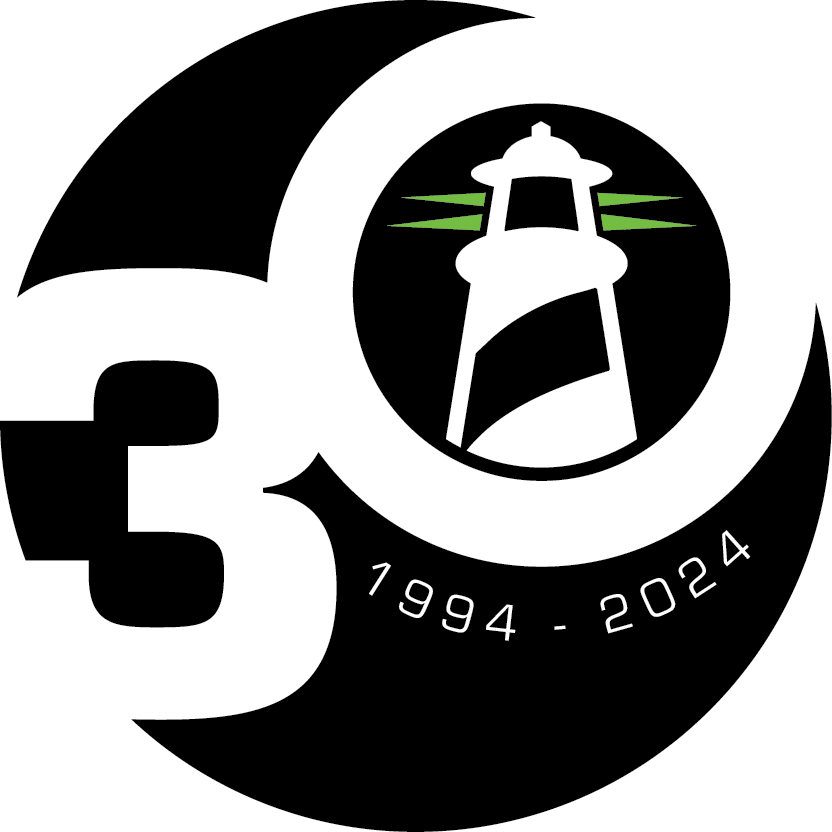A Y lanyard is an energy absorbing lanyard that consists of two separate energy absorbers and end point connectors with only one harness connecting element, which is typically a hook or a web loop. Y lanyards are sometimes called a 100% tie-off, double-leg or twin leg lanyard.
From a functional standpoint, Y lanyards work in the same way as a single-leg lanyard. In the event of a fall, they decelerate the user and absorb the energy generated by the fall. The incorporation of the second leg is designed to offer the user a way to work along distances where multiple anchor points are available and the distance exceeds the length of a single lanyard leg. In these cases, where the user must remain tied off 100% of the time, the user can attach to an anchor point with the first leg. This allows the user to traverse the distance allowed by the first lanyard, attach the second lanyard to the next suitable anchor point, detach the first lanyard and then proceed.
Multiple scenarios exist where Y lanyards can be used dependent upon the nature of the user’s movement within the workspace.



